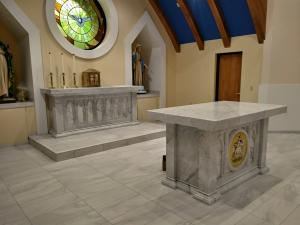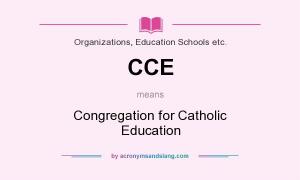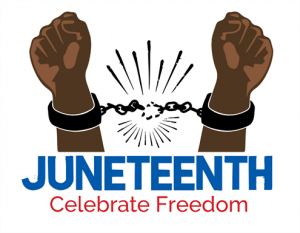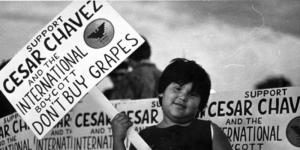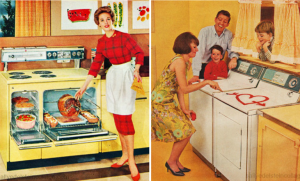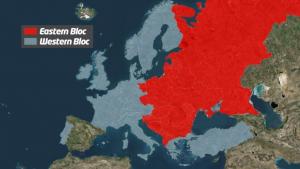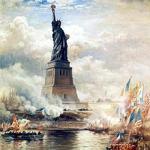Celebrations of Grace: The Sacraments of the Catholic Church, Part 2 The Church’s liturgy, her way of celebrating the sacred mysteries, her sacraments, always had a strong hold on me. That fascination only grew as the liturgy changed. Meanwhile I was growing from youth to adulthood, trying to master many things besides liturgy. I would experience God really present in our liturgies, but then pretty soon I would be on about everyday occupations again. That’s the way the Christian life... Read more


